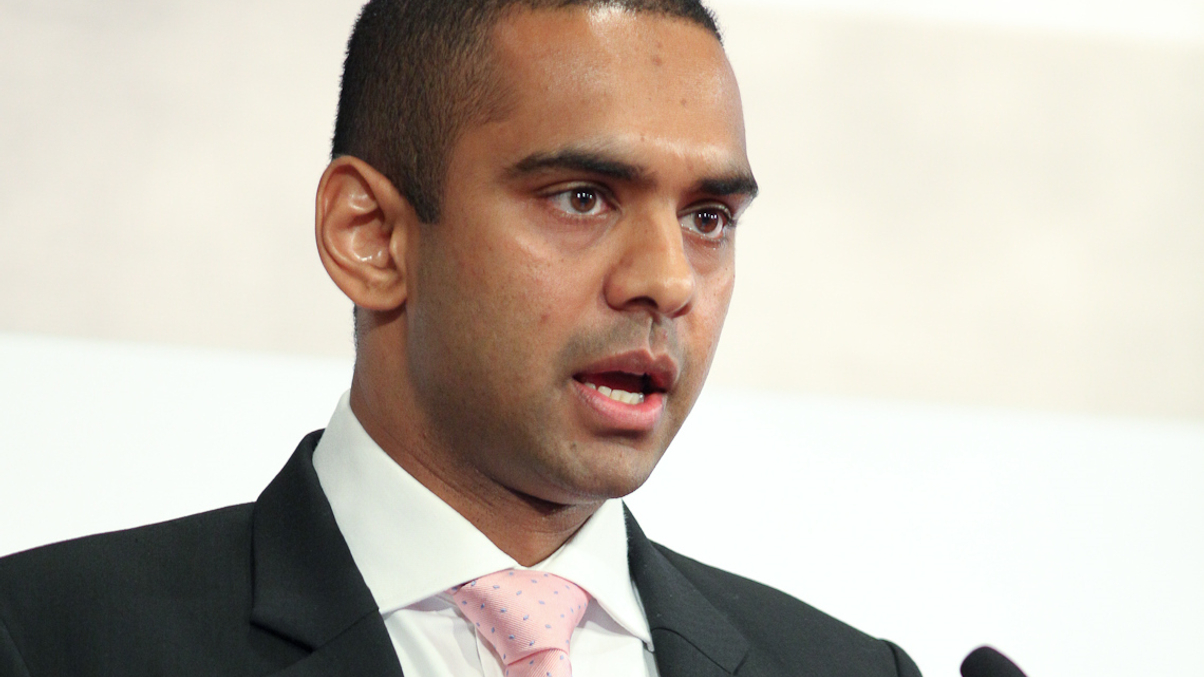Institutional investors warned of changes in dealer commitment
Despite growth in Asian fixed income trading, there are signs that many banks have abandoned plans to build a pan-Asia platform in favour of more targeted strategies.

Asian fixed income trading volume among investors in the region increased 5% year-on-year in 2011, outpacing growth in the US and Europe, finds a recent report by Greenwich Associates.
Sign In to Your Account
Access Exclusive AsianInvestor Content!
Please sign in to your subscription to unlock full access to our premium AI resources.
Free Registration & 7-Day Trial
Register now to enjoy a 7-day free trial—no registration fees required. Click the link to get started.
Note: This free trial is a one-time offer.
¬ Haymarket Media Limited. All rights reserved.


